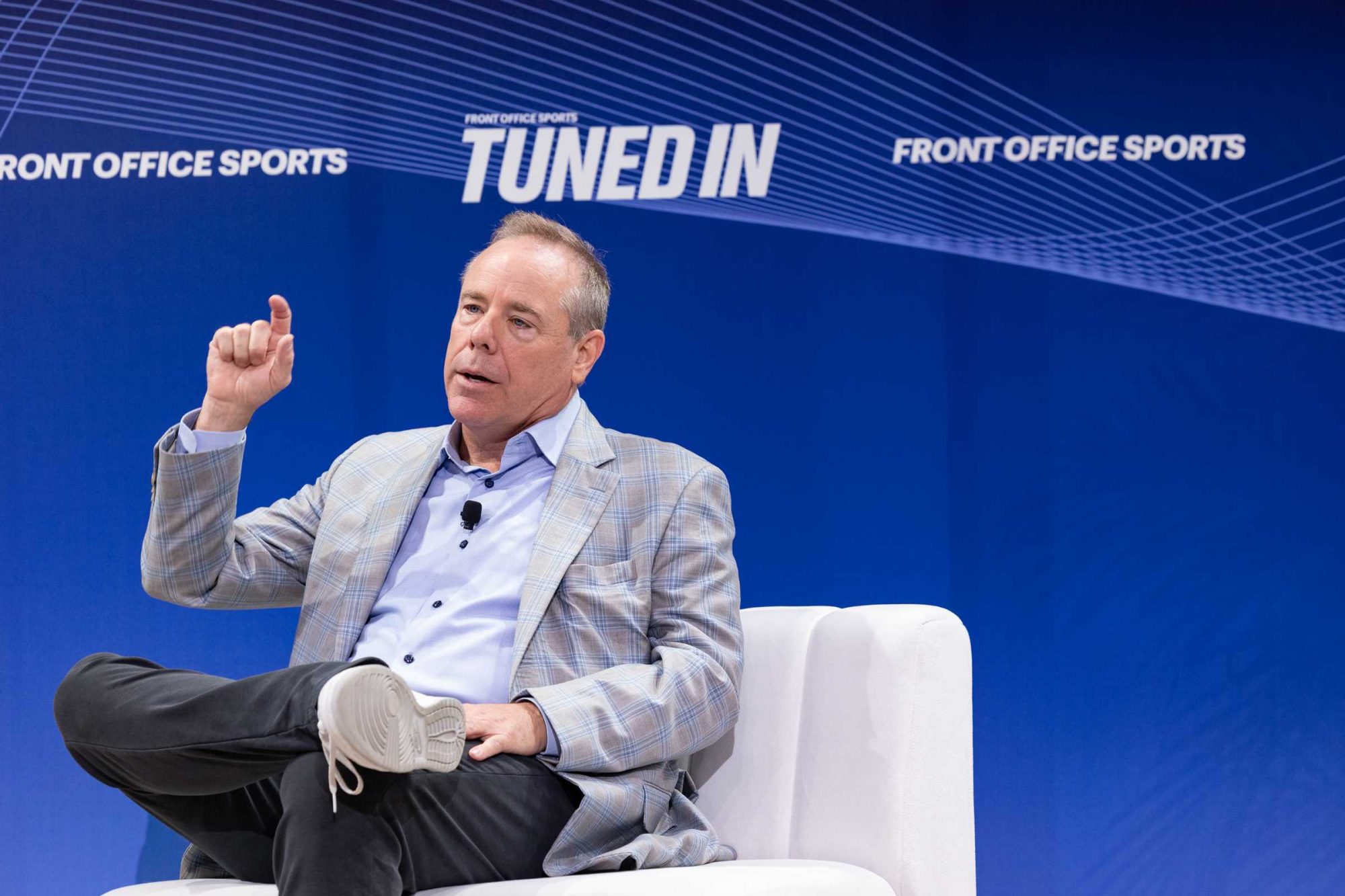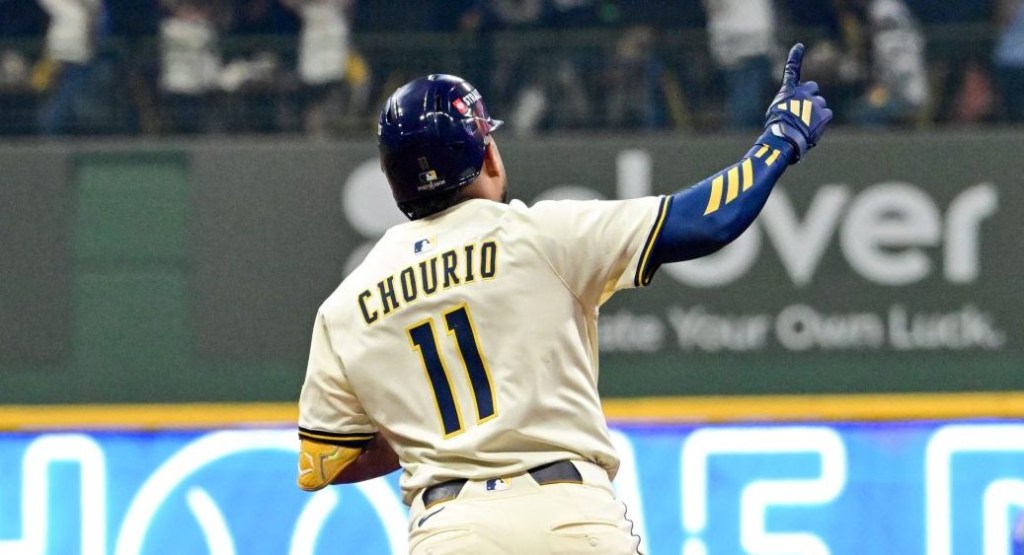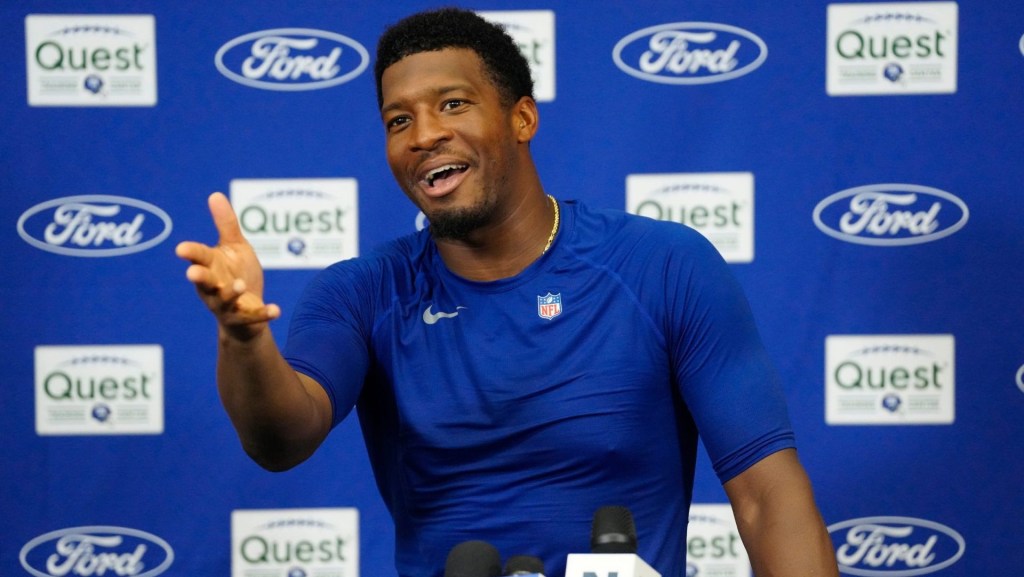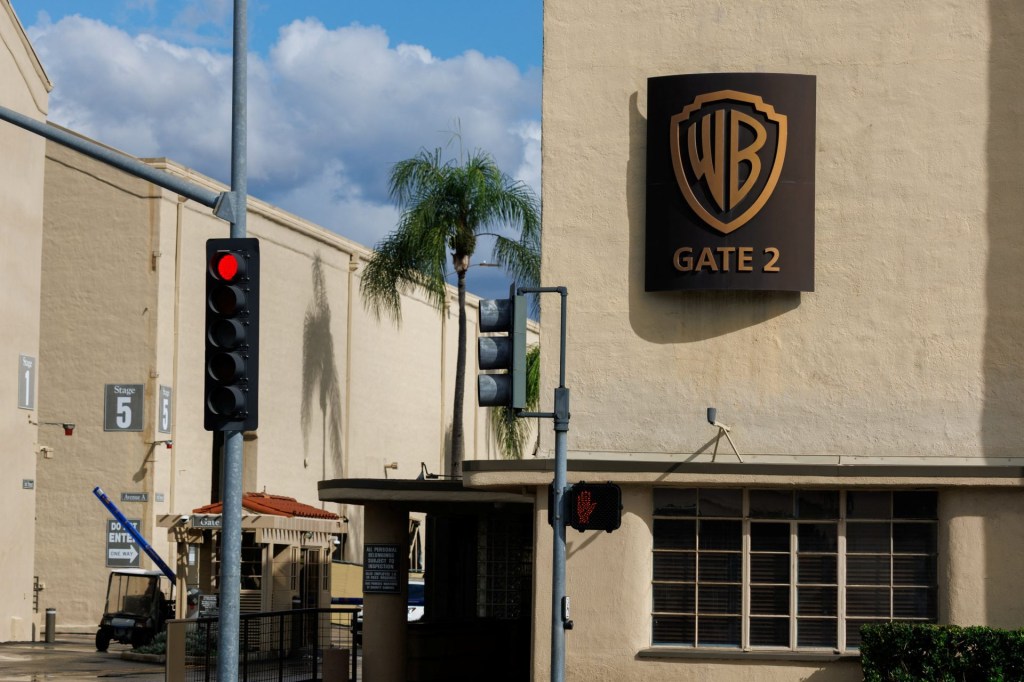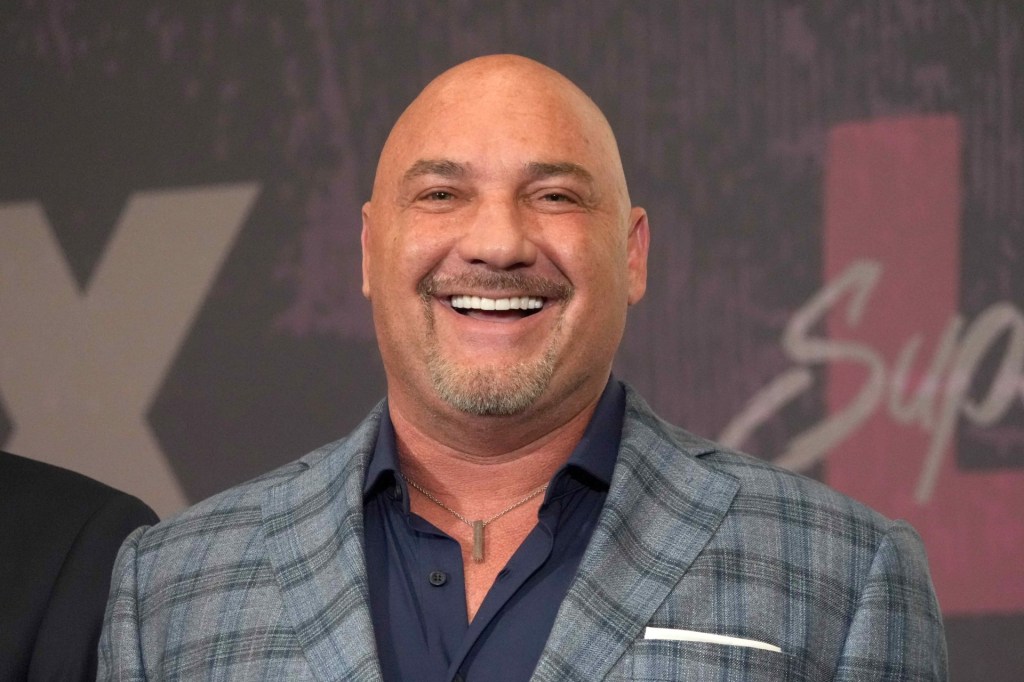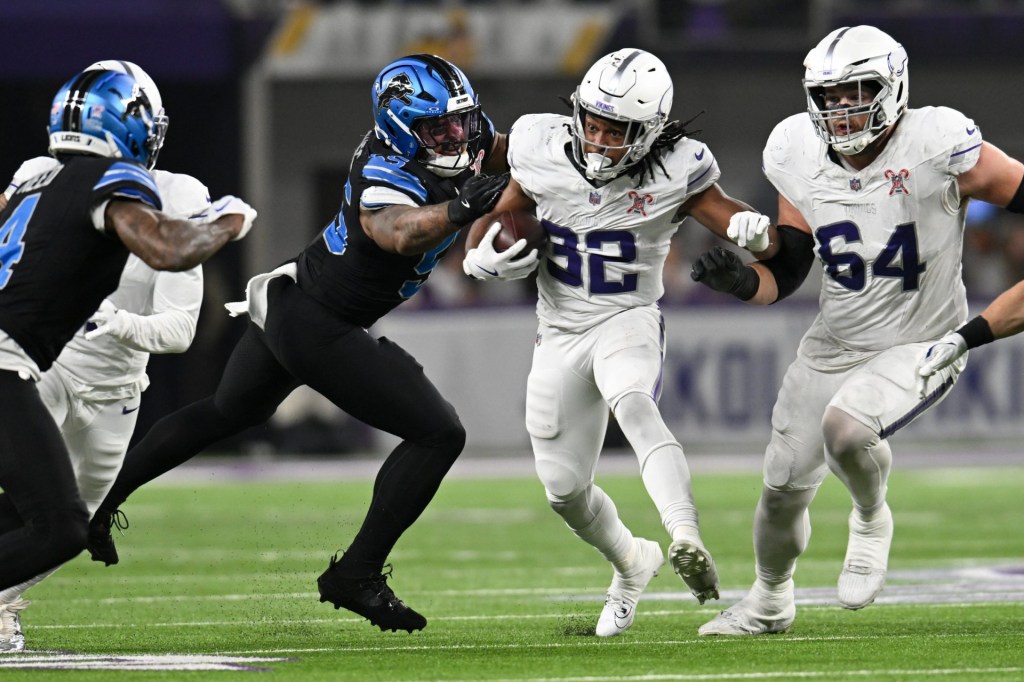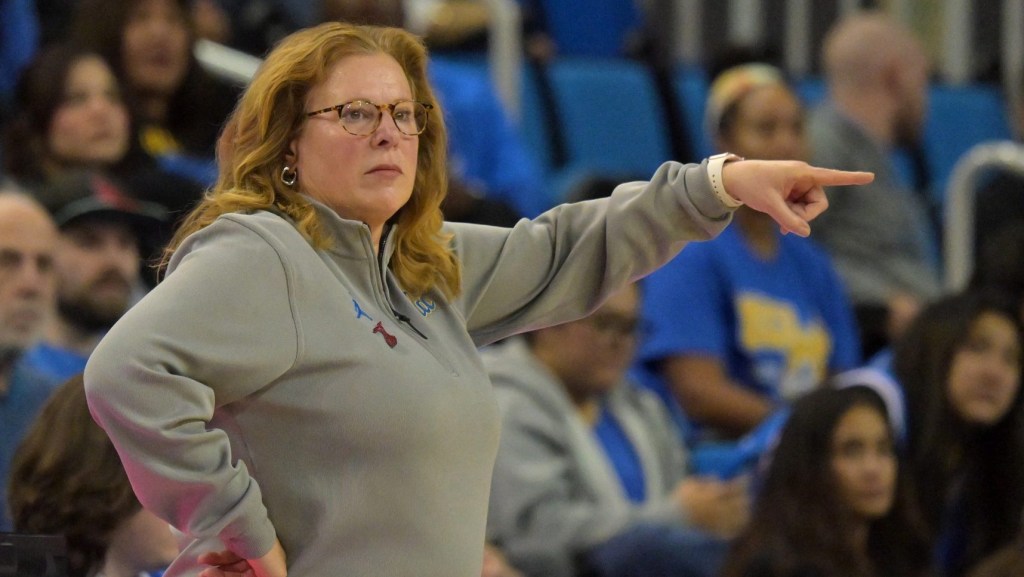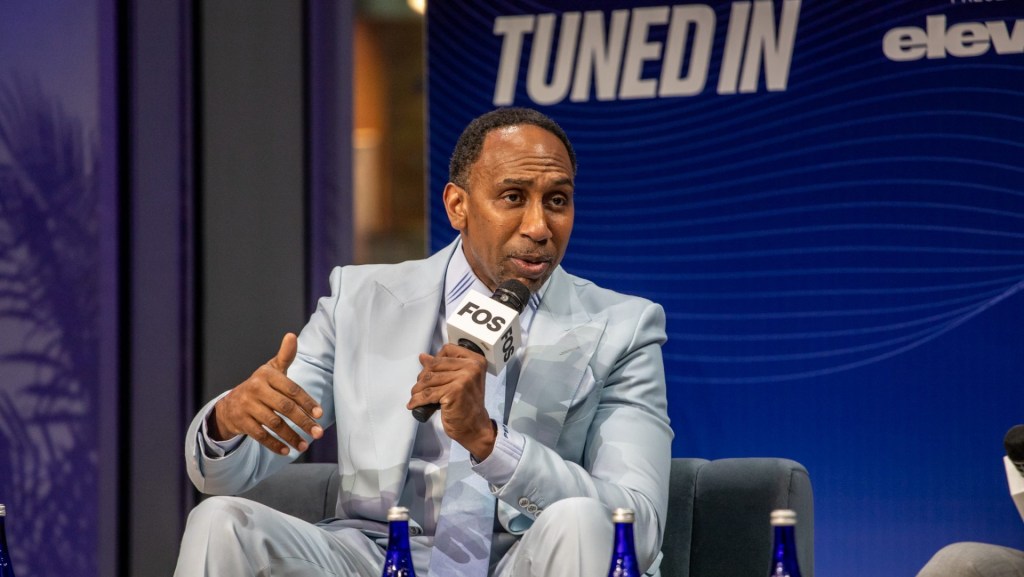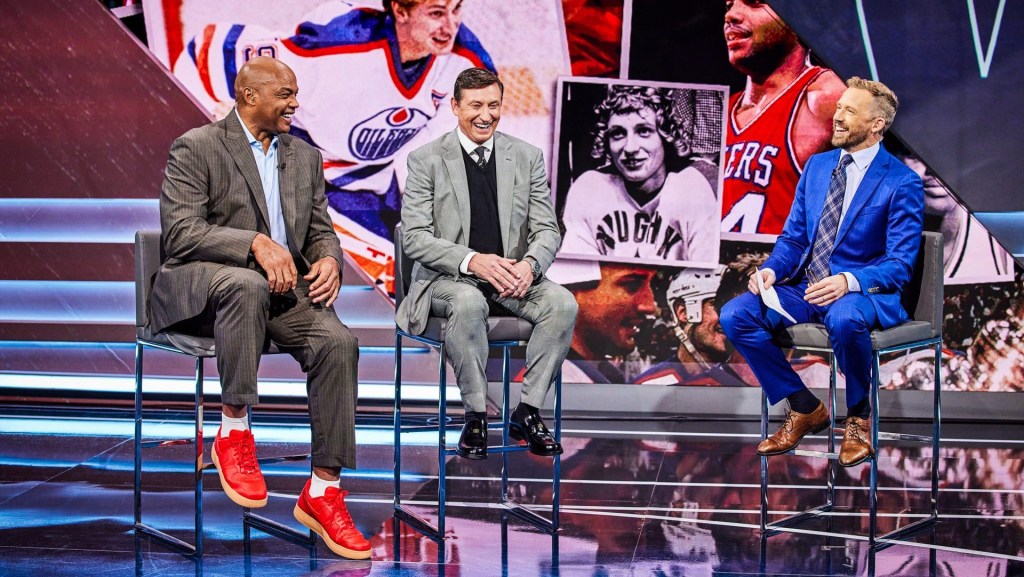As the regional sports network business erodes, more entities are embracing solutions for team broadcasts that avoid the traditional RSN model altogether.
Scripps Sports president Brian Lawlor said Tuesday at the Front Office Sports Tuned In summit in New York that he is actively looking to strike additional team deals based on over-the-air television, particularly in the wake of the ongoing bankruptcy of Diamond Sports Group. Such a sentiment builds upon local rights deals that the company has already signed with teams such as the NHL’s Golden Knights, Panthers, and Utah Hockey Club.
“The regional sports [network] business is a disaster. And we did not predict the bankruptcy of Diamond,” Lawlor said. “But what we said was, ‘That was a great business 10 years ago when regional sports networks reached 80% of the households in America.’ Today, in almost every market it’s less than 50%, and in some cases, it’s less than 40%. So to own a professional baseball team or hockey team or something in a market and to reach [only] 35% of your fans, that’s not a good business model. … So we believe that bringing these games to linear television, putting them over the air was going to be a great platform. And it turned out our timing was right.”
Lawlor is hardly alone. As that over-the-air broadcast trend expands, MLB commissioner Rob Manfred reiterated Tuesday that the league is actively exploring a more nationalized media model, somewhat similar to the NFL, that would be a radical departure from its current approach.
“We need a more national strategy,” Manfred said at an event in Los Angeles produced by CNBC and Boardroom. “We’re blessed with a huge amount of content: 2,430 games [per season]. Because of the amount of content, I think there will be some local component, but I think the strategy needs to be more national, and our reach needs to be more national.”
Those comments from Manfred closely follow ones he made in May, when he said that “there is a continuing conversation about a national media strategy, a national control of [team] rights.”
At roughly the same time Tuesday, Manfred’s counterpart at the NBA, Adam Silver, said that he, too, wanted to develop a more nationalized and broadcast-focused model for his league’s regional team broadcasts. That’s even after the NBA recently struck both its set of new national rights deals, and a separate agreement with DSG for at least the 2024–2025 season.
“You have sort of a broken RSN model and some broadcast exposure. I think what we’re going to be in the process of doing now is spending the next six months or so studying what the opportunity is,” Silver said. “I think we’ll emerge in a very good place, [but] I think we have a bit of a rocky transition. We have significantly lost revenue in the short term.”
Easier Said Than Done
Those regional rights fee reductions, at least for the next year or two, are increasingly common across multiple sports. Beyond that, reshaping the local TV model in sports also carries significant labor implications between leagues and players. The NFL, NBA, and NHL all operate in a salary cap model with a defined division of revenue in agreements with their respective players’ unions.
While MLB does not have a salary cap, that league’s collective bargaining agreement with the MLB Players Association also has a variety of critical levers governing its economic system based on how revenue arrives and is then partially shared among teams.
“That’s obviously a complicated topic,” Manfred said in May about potentially moving to a different model. “It’s important to separate two issues. There’s [the process of how] MLB controls these rights and comes up with a program where they’re monetized. There’s an entirely separate issue as to how the revenue flows.”
